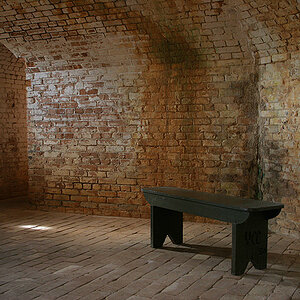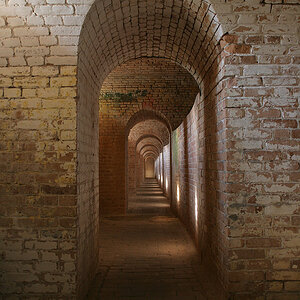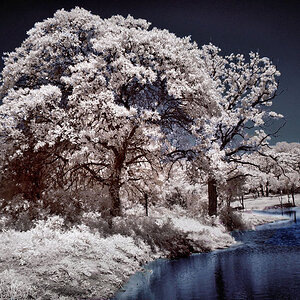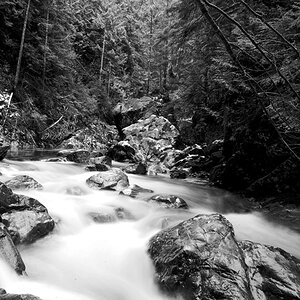bigfatbadger
TPF Noob!
Ok, so thanks to Michael Langfords Basic Photography, I am getting more of an idea about all the theory of photography, which is a good thing. It's also makig me realise how little I actually know, which must also be a good thing.
Therefore, I'm putting a question to the collective:
I understand that F number= focal length / effective aperture. Hence f2 on a 50mm lens has an effective aperture of 25mm. This much I get (I hope that's right).
This explains why those 400mm f2 (or whatever) lenses have such massive fron elements, because the effective aperture size must be 200mm, whereas the effective aperture on a 50mm at f2 only needs to be 25mm.
So here's my question: Why do lenses like the 17-55 f2.8 have such massive front elements? Surely if the effective aperture is smaller then the front element doesn't need to be as large?
I know I don't need to know this, but I want to! Is it going to hurt my brain?
TIA!
Jon
Therefore, I'm putting a question to the collective:
I understand that F number= focal length / effective aperture. Hence f2 on a 50mm lens has an effective aperture of 25mm. This much I get (I hope that's right).
This explains why those 400mm f2 (or whatever) lenses have such massive fron elements, because the effective aperture size must be 200mm, whereas the effective aperture on a 50mm at f2 only needs to be 25mm.
So here's my question: Why do lenses like the 17-55 f2.8 have such massive front elements? Surely if the effective aperture is smaller then the front element doesn't need to be as large?
I know I don't need to know this, but I want to! Is it going to hurt my brain?
TIA!
Jon






![[No title]](/data/xfmg/thumbnail/38/38749-a4ef503184d13a9c7592221cb44ac5e8.jpg?1619738704)



![[No title]](/data/xfmg/thumbnail/31/31743-3b294ee78fc71e7bfc025b01eafb0c2d.jpg?1619734986)

![[No title]](/data/xfmg/thumbnail/31/31739-79afec4abf40a7270ab73b65a6bbf108.jpg?1619734985)
